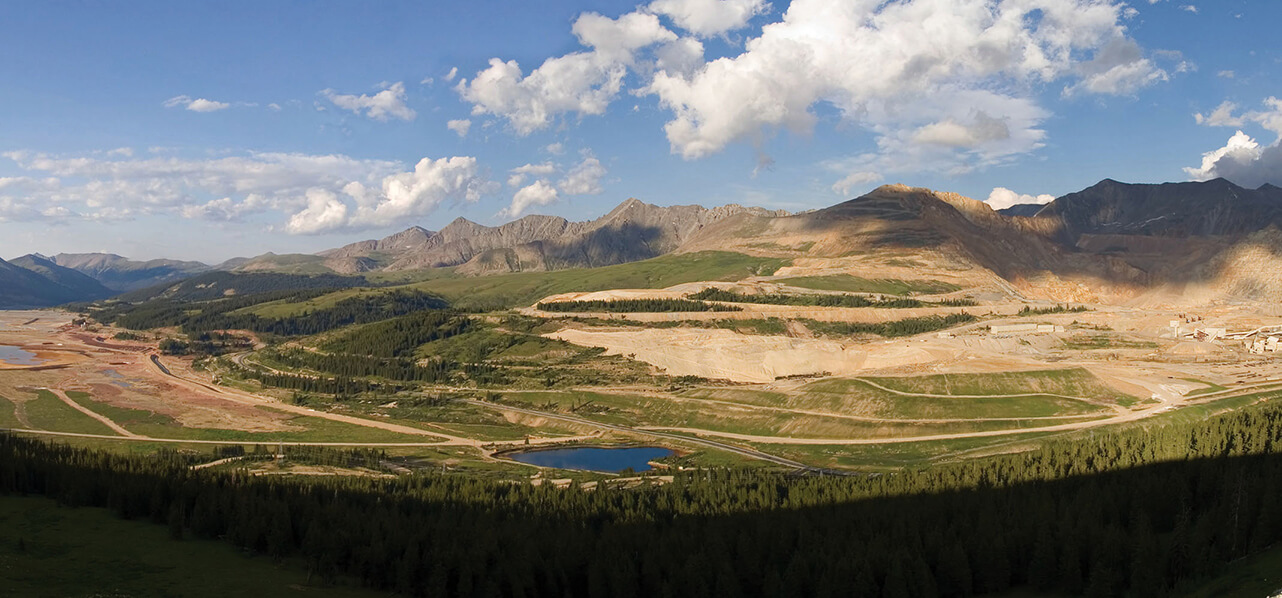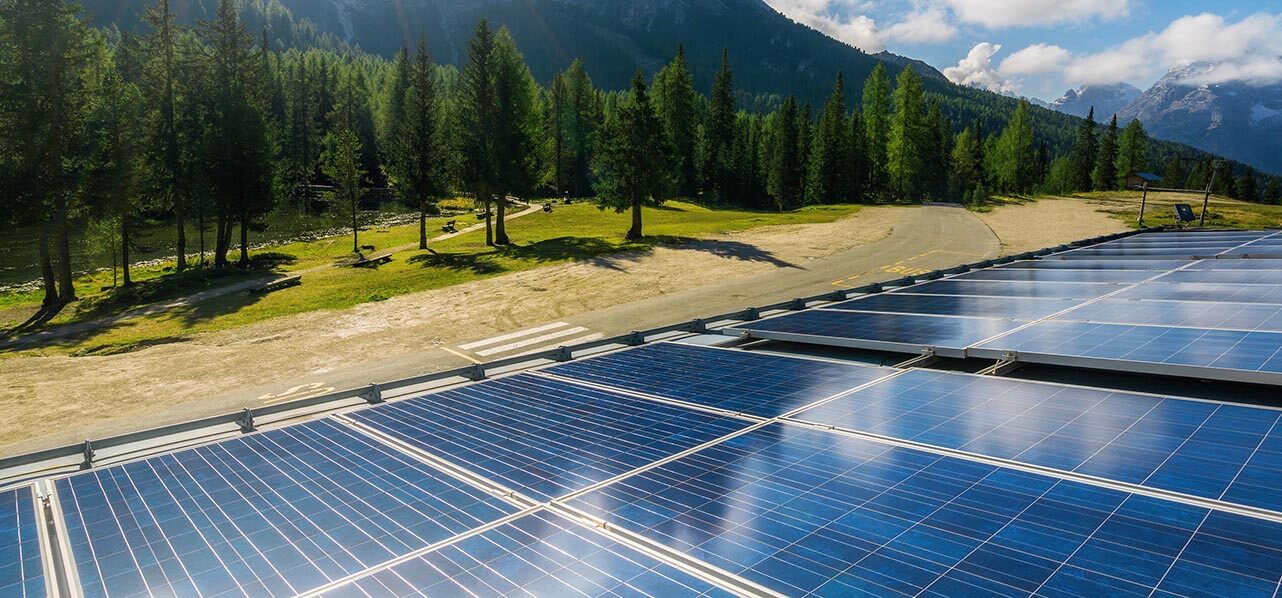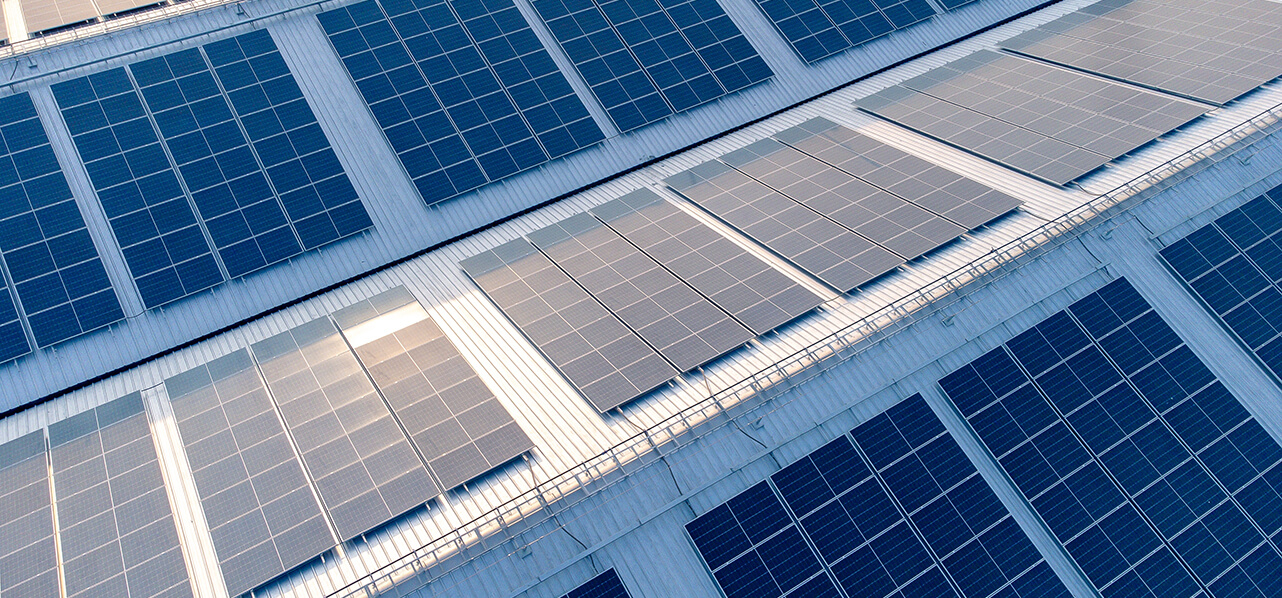Partner Hanoi
"Decree 135 provides the legal basis for developing such RTS following the national power development master plan for the period from 2021 to 2023."
The following article outlines the key takeaway points from Decree 135 for RTS developers.
1. Scope of application
a. Development model
Decree 135 governs RTS produced by panels installed on the rooftops of businesses or private homes to serve their own consumption demand (hereinafter referred to as “self-consumption RTS”). Depending on whether connected to the national grid or not, self-consumption RTS systems will be subject to different development conditions and procedures as specified below.
In practice, RTS consumers normally engage specialised service providers to install and manage self-consumption RTS systems. While Decree 135 does not contain any provision which explicitly address the eligibility of such development model, the Ministry of Industry and Trade (“MOIT”), in a previous report on 5 August 2024 to the Deputy Prime Minister, opined that entities are permitted to engage service providers for investment in self-consumption RTS, provided that such engagement complies with regulations on civil transactions and other relevant issues.
b. Installation sites
Self-consumption RTS can be installed on the rooftop of various different infrastructure, including houses, offices of state agencies, industrial zones, industrial clusters, export processing zones, high-tech zones, economic zones, production facilities, and business facilities which have been invested in and constructed in accordance with applicable regulations.
c. Transitional provisions for projects developed before 22 October 2024
RTS systems developed before the effective date of Decree 135 are subject to the following requirements:
- for systems installed and operating before 1 January 2021 and selling to Electricity Vietnam (“EVN”): These existing systems will continue operation pursuant to granted authorisations and executed contracts with EVN or its authorised entities (i.e., power purchase agreement (“PPA”) and grid connection agreement) but registration for development of a new self-consumption RTS project in the same location is prohibited; and
- for self-consumption systems developed from 1 January 2021 connected to the national grid: Developers are required to submit relevant details on capacity and location to the provincial department of industry and trade (“DOIT”). These existing systems will be subject to relevant requirements and procedures as set out in Decree 135 in case of selling excess electricity to EVN or its authorised entities.
"The development of power projects, including RTS systems, must comply with all relevant master plans."
2. Quota for development
The development of power projects, including RTS systems, must comply with all relevant master plans. The PDP8 included a nationwide estimation of 2,600 MW of self-consumption RTS to be developed until 2030 and allocated a specific quota to each province under its implementation plan. At the same time, the PDP8 allowed for development of self-consumption RTS without being subject to that quota, on the condition that such development does not require upgrade of the existing grid infrastructure.
Decree 135 provides specific instructions on types of self-consumption RTS systems that would be subject to quota for development under the PDP8 and those that would not, particularly:
| Systems subject to quota for development | Systems not subject to quota for development |
|---|---|
| All systems generating electricity to the national grid for selling to EVN or its authorised entities, except for systems installed by households or individual houses with capacity of lower than 100kW. | Systems meeting any of the following conditions: • having consumption facility which does not connect to the national grid; • installing equipment to prevent reverse generation to the national grid; or • installed by households or individual houses with capacity of lower than 100kW. |
3. Permitted electricity trading
Self-consumption RTS systems are only allowed to generate excess electricity (i.e., any electricity from the RTS systems which has not been used by the consumption facility) to the national grid for selling to EVN or its authorised entities in either of the following cases:
- the RTS systems are installed by households or individual houses with capacity of lower than 100kW; or
- if the RTS systems are installed by other entities and/or having capacity of 100kW or above, the RTS systems have obtained valid confirmation from the provincial DOIT of being within the relevant quota for development.
In both cases, the excess electricity to be purchased by EVN or its authorised entities shall not exceed 20% of the actual installed capacity, as confirmed in reports on completion of installation of RTS systems issued by competent entities. The purchase price shall be the average price of the electricity market the preceding year, as published by the electricity market and system operation entity. It is expected that MOIT will issue further guidance to EVN on the calculation of maximum purchase quantity and purchase price to ensure clarity and consistency in application.
The PPA for selling excess electricity shall follow the standard PPA provided in Appendix 5 of Decree 135 and takes effect five years from the date of commencement of operation.
Hanoi Trainee Quynh Nguyen also contribued to this article.





